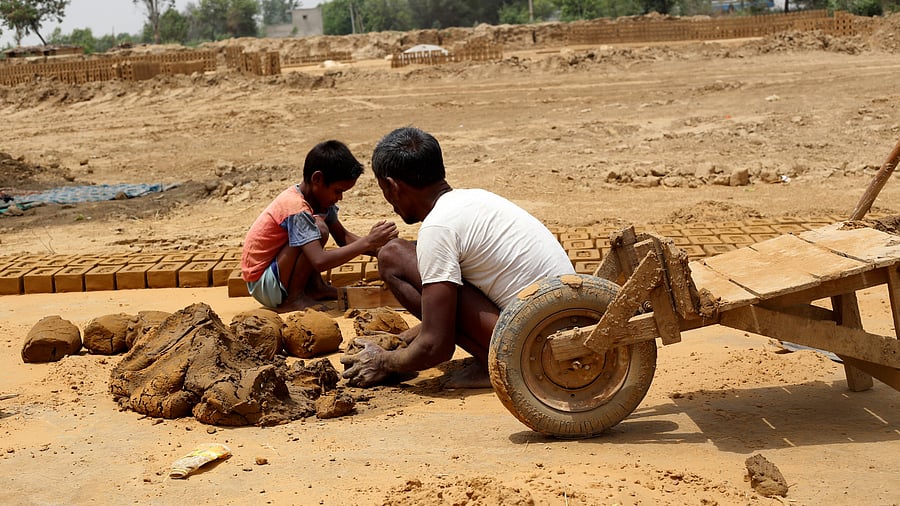
Image for representation.
Credit: iStock Photo
In 2016, the Indian government amended the Child Labour (Prohibition and Regulation) Act, 1986, to include the term ‘adolescents’ and prohibited employing them (aged 14 to 18 years) in hazardous occupations.
The amendment also enforced a total ban on employing children below 14 in any occupation, hazardous or otherwise, while regulating working conditions for adolescents in non-hazardous sectors.
In 2017, India ratified two long-pending International Labour Organisation (ILO) conventions: the Minimum Age Convention (Number 138), which sets the minimum age for entering the labour force, and the Worst Forms of Child Labour Convention (Number 182), which calls for prohibiting and eliminating the most exploitative forms of child labour.
Although India signed and ratified the UN Convention on the Rights of the Child (UNCRC) in 1992, it has retained its reservation to Article 32, which deals with ending child labour and preventing economic exploitation.
It may be time for India to withdraw this reservation and declare a full commitment to UNCRC implementation.
Enduring issue
Children are employed illegally in agriculture, horticulture, sericulture, animal husbandry, poultry, brick kilns, beedi and agarbatti units, mines, embroidery, glass manufacturing, waste collection and segregation (including e-waste), and other small-scale industries.
Child labour remains widespread across India, from Maharashtra to West Bengal, Rajasthan, Karnataka and Tamil Nadu. In the Bihar-Jharkhand belt, child labour in mica and coal mining is well documented.
Elsewhere, children continue to work in small eateries, as domestic helps, or as seasonal migrant labourers in agriculture.
This indicates that National and State Child Labour Project (NCLP/SCLP) schools have either shut down or been severely weakened due to inadequate funding.
Coordinated efforts needed
Child labour in India must also be viewed through the lens of class and caste, as most affected children come from scheduled castes, tribes and minority communities, leaving them at risk of being excluded from development.
In many agrarian regions, children, especially girls, are still ferried to distant fields early in the morning. Though often enrolled in schools, they are missing their education in practice.
These issues can be addressed only through coordinated efforts by local governments and departments of education, social welfare, labour, police and transport, in partnership with NGOs.
The Campaign Against Child Labour, a consortium of NGOs, advocates extending the Right to Education (RTE) Act, 2009, to cover children up to 18 years of age, ensuring 12 years of free and compulsory education.
This extension is essential to eliminate child labour in line with the Child and Adolescent Labour (Prohibition and Regulation) Act and international conventions. Alternatively, a unified law integrating the RTE Act and the Child Labour Act is needed.
(Vasudeva Sharma N V is the executive director of Child Rights Trust)